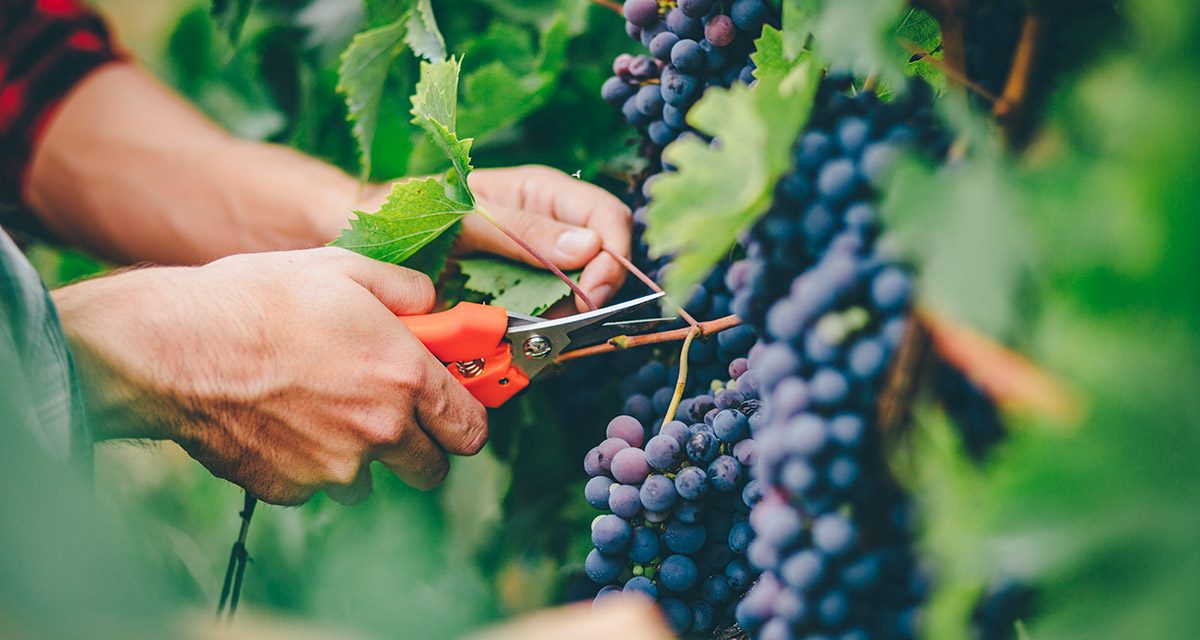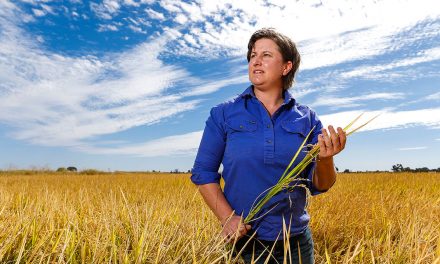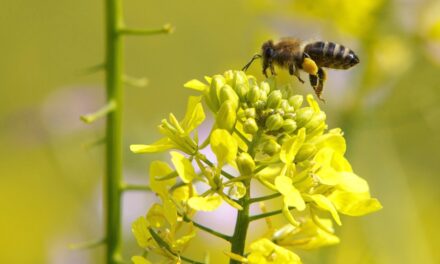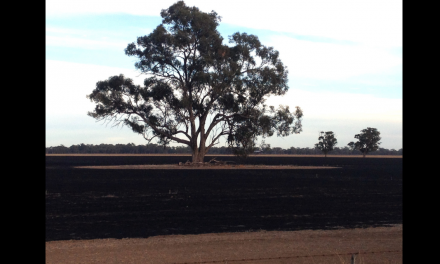Australia’s love affair with ‘the good oil’ is well etched into history, but during this history it’s not uncommon to meet a wine-lover-turned-grape-grower who has discovered the axiom’s truth the hard way. Visions of leisurely tending a vineyard in retirement, or perhaps making use of that extra 20ha; for those who have learned the hard way, grape growing does indeed require its fair share of toil and trouble.
Long-term and not insignificant capital investment, large fixed costs and delayed revenue returns – it’s about six years between planting vines and having a wine ready to sell – have seen many a sour grape and depleted wallet.
But today, armed with a little knowledge and know-how, it’s not impossible to have the best of both worlds; a productive vineyard and a healthy bank balance to boot. Patience, time and good communication are keys to success if you’re looking to grow grapes for the modern Australian wine industry.
‘’At present, supply is somewhat balanced with demand. However, there is growing demand and potential opportunities for specific varieties and clones,’’ says Richard.
‘’There’s a trend of clones within varieties that are becoming preferable for winemakers, and as such there’s increasing demand for this fruit, and fruit that is seen as superior and/or fitting their winemaking needs.’’
A new grape variety is produced when a grape seed has grown into a plant. So, the 1500 or so commercial varieties of the single species Vitis vinifera grown worldwide are all the result of the germination of 1500 different seeds. Where clones are different is that where a cutting or bud of a “mother” plant or vine is taken, it’s considered a clone: a second plant that will be genetically identical to the first. The older a grape variety, the more clones there will be. Pinot Noir is one of the oldest varieties, and it has dozens of clones.
Why clone? Grape growers find a vine with a specific trait they want to replicate. It could be, say, resistance to fungus, desired berry or cluster size, a particular crop load, or earlier ripening. Sometimes there’s a particular flavour or aroma that a clone tries to capture.
Furthermore, aspiring grape growers may be able to take advantage of alternative variety trends in winemaking.
‘‘Opportunities to grow minor or alternative varieties are a potential avenue for new entrants to the industry. Tempranillo and Grenache on the red front, and white variety Fiano are becoming increasingly popular with winemakers and can be grown successfully in Mediterranean climates – that is, areas where it is warmer and slightly drier,’’ says Richard.
Choosing appropriate varieties and rootstocks for a particular growing region can be complex. In particular, market research should be completed to make sure there will be a market for the varieties chosen, but having a contract with a winemaker at the outset still remains the gold standard.
Growing grapes for wine is a labour-intensive undertaking and by no means a cheap venture to set up and run. Costs include, but are not limited to; trellising, irrigation, pumping and vine material.
‘‘For people interested in acquiring formal skills, TAFE offers a Certificate III in Viticulture in Western Australia and some Regional Development Providers also have training available either via accredited or non-accredited programs.’’
Richard believes that a key skill requirement for the job is agribusiness; and the ability to undertake the venture in a financially viable manner.
‘’An understanding of soil nutrition, plant physiology and basic agronomy is also important.
‘’The time factor is not to be underestimated,’’ he says. ‘’I know of a couple whose retirement plan was to establish and run a vineyard, but far from being the relaxing, part-time pastime they envisaged, they commented that they’d never been busier.’’
For those looking to grow grapes for wineries, Richard believes there are two essential components to establishing a supplier-buyer relationship:
- Understand what the winemaker wants.
- Develop a trusting relationship. Be open and upfront and have contracts in place: there is nothing worse than having an excellent crop ready, but no home for it to go to.
According to the CRC for Viticulture (now PIRSA), a grape purchasing agreement between a grower and winery, or agent such as a broker, can include specifications around a number of parameters:
- Maturity parameters such as flavour and colour.
- Measures of grape purity. For example, the inclusion of fungi, dust, matter other than grapes, or residue from agrochemicals.
- Assessment of the condition of grapes, such as damage to berries, or oxidation or fermentation prior to delivery.
Each winery will have its own tolerance levels with regard to specifications detailed in the purchasing agreement. It is important that growers be fully aware of any consequences for failure to meet tolerances.
Penalties might include:
- A price penalty in proportion with the degree to which the grapes fail to meet tolerances.
- Downgrading to a lower category (which will likely also result in a lower price).
- Rejection of individual loads or possibly entire crops.
Just as the winery is responsible for wine production, vineyard owners carry the responsibility and risks associated with grape production, including harvest and delivery.
An objective of growers and wineries should be to work together to identify problems as early as possible, preferably in the vineyard prior to harvest, so that effective action can be taken to avoid grapes being downgraded or rejected.
Grapes that are downgraded or rejected represent a missed opportunity for both the grower and the winemaker.
Generally, ownership of the grapes passes from the grower to the winery at the receival point. It is at this point that any final assessments to check grapes against specifications should take place. Purchase agreements should clearly specify the point where risk and title transfers.
Returns are difficult to estimate, and it can be a number of years before any are made, let alone a profit realised.
Pricing for wine grapes has remained flat for a number of years, following the decline witnessed after the GFC. But demand for premium, A-grade fruit bucks the trend, with premiums being paid in this section of the market.
There are also promising signs on the wine industry front, with export demand set to increase.
‘’While the wine grape growing front has been relatively stable in recent years, there are signs that export development initiatives may see growth and expansion in the short to medium term,’’ explains Richard.
‘’There are currently quite a number of initiatives under way to grow the export market of Australian wine, with forecasts predicting greater demand from countries like Asia – and in particular the emerging Chinese market, and even buoyancy from traditional markets like the United Kingdom and the United States.’’
Finally, if grape growing for wineries is a possibility in your region, it is worthwhile contacting a local wine industry association, says Richard, who can help growers connect with other businesses in the wine industry, and access support services and advice.
Industry associations often arrange events, seminars and networking opportunities where you may be able to find suppliers, make contacts and generate new business. Some industry organisations also run training and education programs, and can provide information about growing techniques, market directions, current supply levels and demand opportunities.








